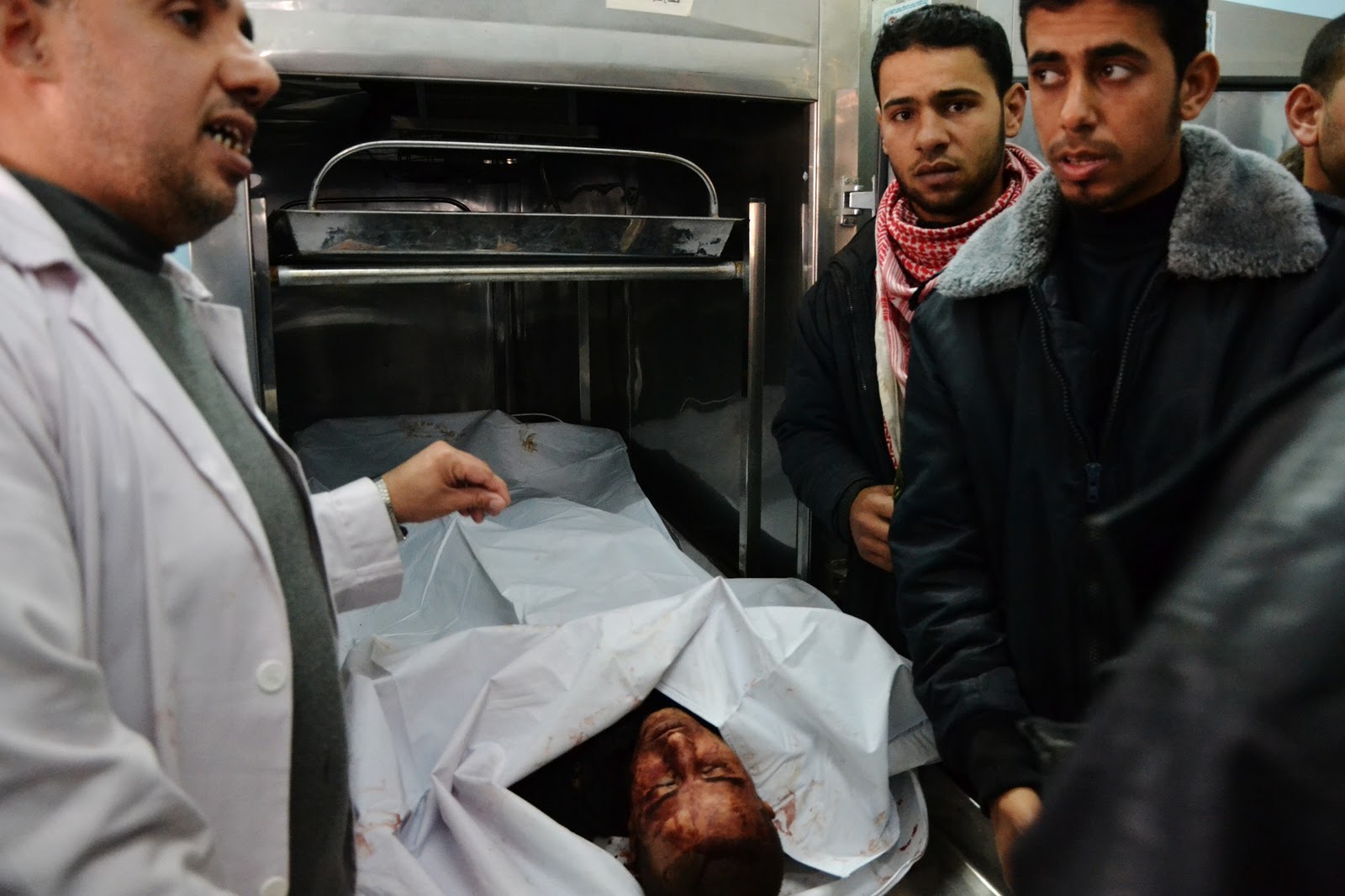Tag: Video
-
Beit Hanoun demonstration under fire
by Nathan Stuckey 25 January 2012 | International Solidarity Movement, Gaza Strip Gaza was treated to a strange new sight today, not really new, but something that has not been seen in Gaza in a long time: tear gas. In Gaza protests are not smashed with tear gas and clubs like in the West Bank,…
-
2 youth dead in attack on Beit Hanoun, northern Gaza Strip
by Rosa Schiano 22 January 2012 | il Blog di Oliva Israeli Apaches and land forces shelled an area east of Beit Hanoun, in the northern Gaza Strip, on Wednesday morning, January 18 2012. Two young men were killed and another was injured. As we hurried to the scene we met an ambulance driving at high…
-
“Each Arab dog will have his day:” Military raids Khalil youth center
by Tom 22 January 2012 | International Solidarity Movement, West Bank In an action that appears to have been carried out purely for the entertainment and satisfaction of Israeli settlers, the center of the activist group, Youth Against Settlements, in Tel Rumeida, Al Khalil (also known as Hebron) was stormed by Israeli soldiers at 3pm…


